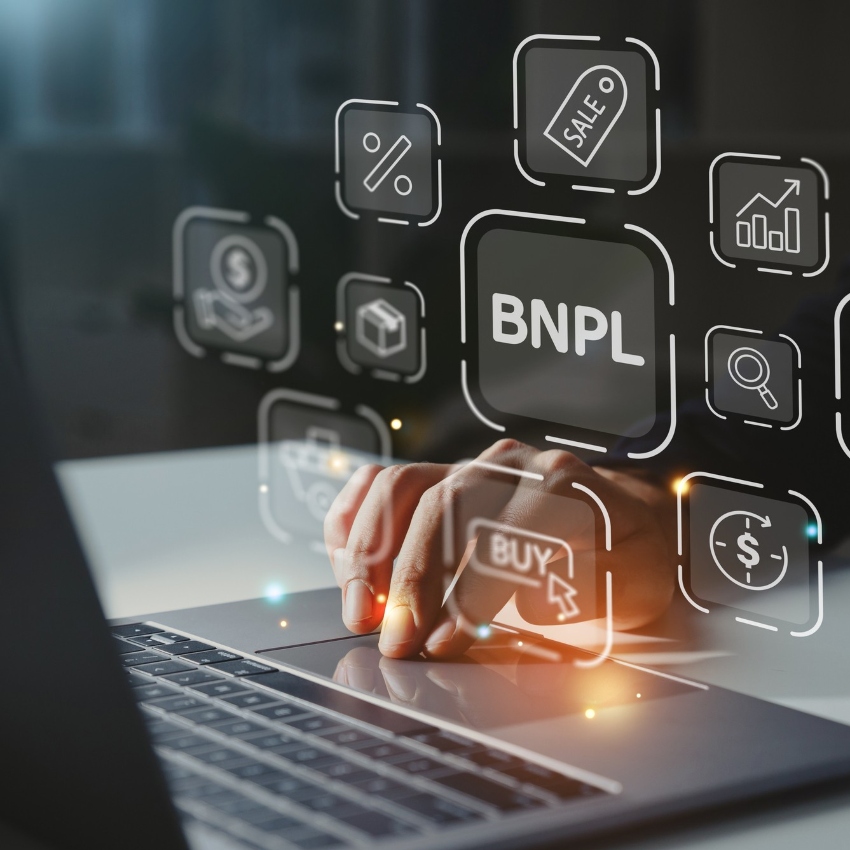Brazil is a vibrant, thriving Latin American market. It presents a unique opportunity for e-commerce merchants; offering a large population, increasing internet access and a growing economy. However, before diving in, e-commerce merchants must ensure they offer payment options which suit this unique customer base.
Head to almost any e-commerce website in the world and often debit, credit or deferred credit cards combine to make up the most common payment methods. It’s fast and immediate for the customer. For the business it is an instant guarantee that the item has been sold and funds have been transferred. However, this picture is markedly different in Brazil. In spite of regular offline use, debit cards make up only 5% of all e-commerce transactions.
So, what is behind this phenomenon? More importantly, which payment methods should e-commerce merchants be embracing to ensure they cater to Brazilian customers?
Another barrier to entry
There is a combination of factors behind the relative unpopularity of online debit transactions in Brazil. First and foremost is the need for a bank account and the ability to complete an online transaction. This may seem self-evident, but nearly a third of adult Brazilians do not have a bank account. Accordingly, those with the ability to complete a purchase make up a relatively small proportion of the e-commerce market.
However, even were the entire population of Brazil to have a debit card, the additional security measures introduced by the Central Bank make debit transactions particularly unpopular. E-commerce websites must work with multiple local banks to handle transactions for their respective debit cards. In addition, online debit transactions are required to meet stringent security measures.
The Brazilian Central Bank views online debit purchases as accessing an account via the internet. Thus, to complete transactions, customers are redirected to a secure portal for their bank in order to input their PIN. Unsurprisingly, this extra step amounts to a barrier to entry. Particularly when compared with other, less time consuming, payment methods.
Why pay now, when you can pay later?
This all begs the question; how do Brazilians like to pay online? Here, again, Brazil offers up some unique payment solutions which can differ from their Latin American counterparts. E-commerce merchants, looking to corner this vast market should be aware of the popularity of local credit cards. This is in no small part because of the ability to pay in installments. 64% of all e-commerce transactions are completed using a credit card. Of those, just over half choose to pay in installments.
Understandably, this can seem risky for the e-commerce merchant in Brazil. How can one ensure the full balance is paid once the item has been shipped to the customer? However, this payment method does come with its own upside. Research shows that the use of installments led to more purchases, of more expensive items in Brazil.
By increasing the purchasing power of your customers, you increase the frequency and value of your sales. Using a payment handler to ensure local credit cards like Elo are accepted is essential to ensure your business maximizes its impact in this vibrant market.
Cover all your bases with multiple payment types
The most important thing for e-commerce merchants looking to expand into Brazil is to remove as many barriers to entry as possible. Payment aggregators such as BoaCompra handle payment transactions for more than just local and international credit and debit cards.
As mentioned earlier, many Brazilians still do not have a bank account. However, that doesn’t prevent them from making online purchases. Boleto Bancário, or a form of payment slip, doesn’t require the purchaser to have an account. As such, it currently accounts for 20% of online purchases in Brazil.
By combining these payment methods with e-wallets, the third most popular payment method, e-commerce merchants can ensure they reach the widest possible Brazilian audience.




%20copia%202.png)

